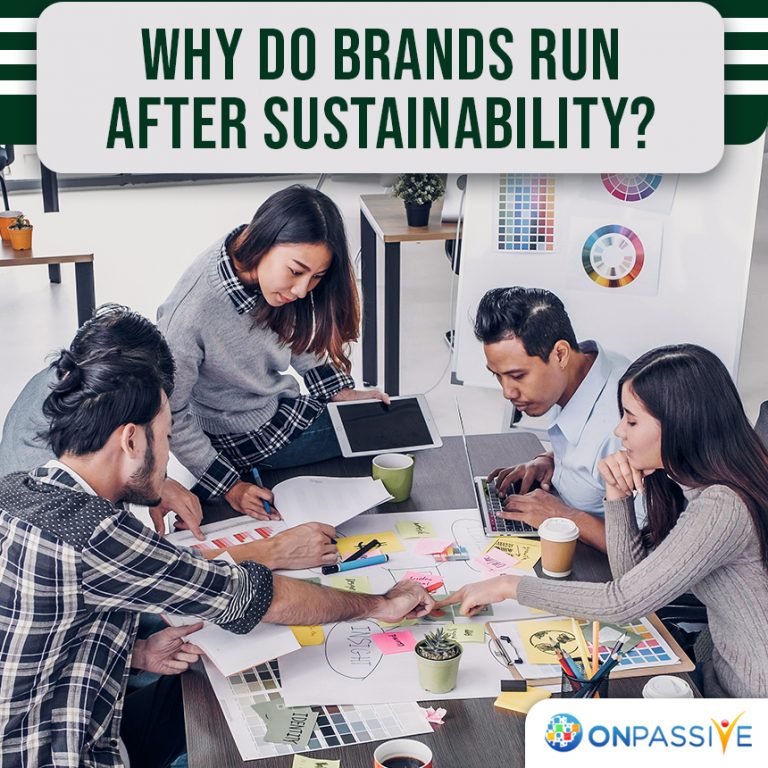
One of the major buzz words found in corporate documents, websites, and management journals is “sustainability.” Few people even want to place it in an organization’s balance sheet as an asset. A survey found that one in three people now buy products with sustainability in mind. Brands are no longer having the privilege of overlooking sustainable practices. Also, the brands are always trying to push their respective consumers towards sustainability with their efforts. The result is getting visible in the regular shopping preferences of a customer.
The Importance of Sustainability
Sustainability is certainly a new way of doing business. Though sustainability is not an asset that can be purchased or traded, instead, it’s becoming an indispensable part of many a business’s philosophies. Just as business management practices impact business value, so do sustainability initiatives, and this decides whether brands will encourage consumers towards sustainability or move away from it. Hence, the question is: How does it create value? Brands must share their purpose for the society or the environment where sustainable living is standard practice and build a better way of doing business with their brands and drive consumers towards sustainability.
How to Create a Sustainable Brand?
Pushing your consumers towards sustainability or developing a sustainable brand demands a distinct approach than regular businesses. Planning and taking preparation is the only way to ensure a smooth transition. If you are starting from scratch, planning is essential to have adequate measures in place.
What you Offer
Understanding how your brand fits into the space of sustainability and what your brand is offering- these two parameters are crucial to create a consistent ideology. Once you have figured out precisely why your brand is sustainable, you can use this knowledge in production while appealing to investors and guiding your consumers towards sustainability.
Working with Customers
Keep an open ear to the ground and listen to what your consumers are thinking about. Addressing their challenges is an intelligent way to increase engagement and encourage brand loyalty. For instance, a coffee shop may find that consumers care about ethically imported coffee beans. Aiming for this goal must be shared with the consumers. For this step, it is essential to understand whom you are selling to. Once you have classified your target audience, move to the areas they occupy to find their concerns. This initiative will drive your consumers towards sustainability.
Identify Key Areas
Find areas that are important for your business and plan strategies to drive your consumers towards sustainability. For example, the same coffee shop owner mentioned above can identify the waste disposal and procurement as critical areas that will profit him from being sustainable.
Content Strategy
Utilize your creative powers to develop authentic marketing tactics that will communicate your sustainability measures and your mission statement and projects in the best way to your audience. Your readers will have their way of absorbing content, and you must reach out to them on those channels to guide your consumers towards sustainability to improve their shopping experience.
Measure Results
Have the correct analytics in place to check how your strategy is working. Pay close attention to the data and fine-tune your methods as the strategy moves along. Even simple modifications like using a different image can create a big impression on the results and push your consumers towards sustainability.
Relationship between Sustainability and Brand Value
Though it’s tough to find consistency among sustainability definitions, it includes a business’s relationship with the natural environment, corporate governance, and social causes. That means brands must make investment choices that will benefit both society and the environment. This step will ensure the project’s sustainability at the same time. It is all about providing ethical products and services that will urge the consumers towards sustainability and change their behavior and help them live a more “sustainable” life.
A leading brand translates to its consumers what is relevant in the contemporary world, affecting buying behavior. It also develops a healthy relationship with customers because of its well-defined offerings, leading to repeated purchasing. In other words, a brand produces value in two forms: creating demand, and limiting risk and ensuring future earnings for the company. A sustainability plan consistent with a brand’s positioning will generate value for businesses by producing more value for its brands and driving its consumers towards sustainability.
Wrapping Up
Creating a sustainable practice or urging your consumers towards sustainability is the need of the hour. With the effects of climate or social change gradually becoming more severe, a business must create sustainable practices profitable to both the brand and the environment.
Numerous companies offer sustainable products and services, but very few have the right intention or the right technique to achieve that. Pushing your consumers towards sustainability will be easy if the appropriate steps are taken at the right time to minimizing the influences of social, economic, and environmental change.



Zephirin vouzap nguengang
4 years ago
Zephirin vouzap nguengang
4 years ago